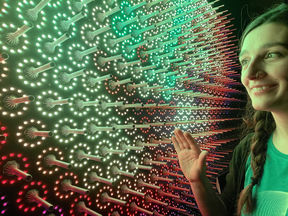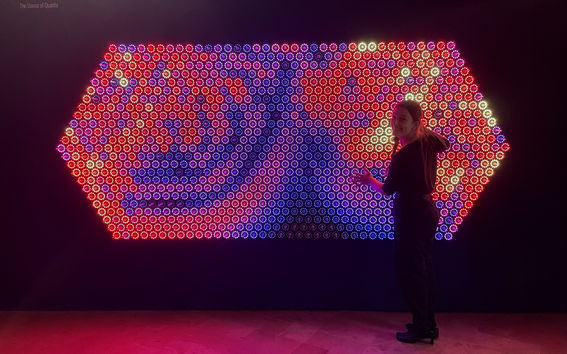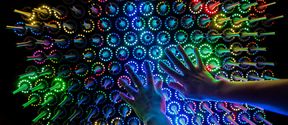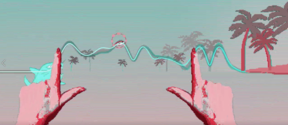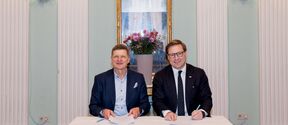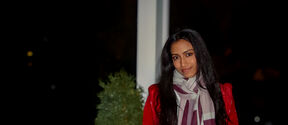You are involved in a quantum institute, a quantum online platform, a quantum exhibition, and a quantum startup that just received seed funding. How did all of this happen?
I came to Finland for the first time in 2017 for an internship during my PhD. I was then part of Professor Sabrina Maniscalco's group; she was my very first connection. I moved to Finland in 2020.
My role at Aalto University is related to outreach and education of quantum science and technologies. This role forces me to go deep into quantum concepts. I did my PhD in Italy in the foundations of quantum physics, and I was a postdoctoral researcher for six months. Now I’m part of Professor Jukka Pekola’s group.
Quantum will be the future technology, and there are big initiatives going on. Most likely our society will be reshaped by these new technologies, therefore I find quantum literacy very important.
We need to educate not only the future workforce: everyone should have at least the possibility of understanding quantum physics. Quantum physics is not yet a well-known topic at all, but there is a lot of interest in quantum science and technologies.
Today is the International Day of Women and Girls in science, and also your birthday. Congratulations! How did you become a quantum researcher?
Even though not specifically for physics, my family and teachers have encouraged me to be curious ever since I was a child.
In a way, I think physics was an unexpected decision. I always wanted to be a doctor, but then I had a really good science teacher at school. I participated in a workshop for university orientation with an Italian professor working at ESA, the European Space Agency. He talked a lot about Mars and space exploration, and I fell in love with the topic. In the final year of high-school, I studied astronomy and wanted to be an astrophysicist.
But then in my third year at university, I encountered quantum physics and decided I wanted to do quantum research.







